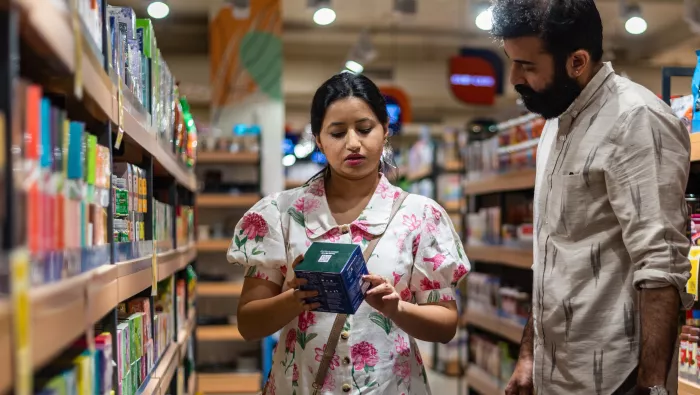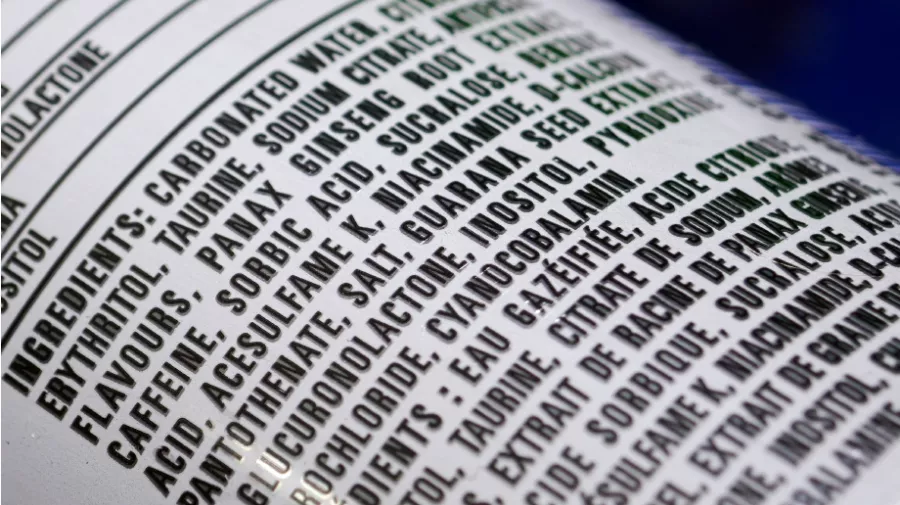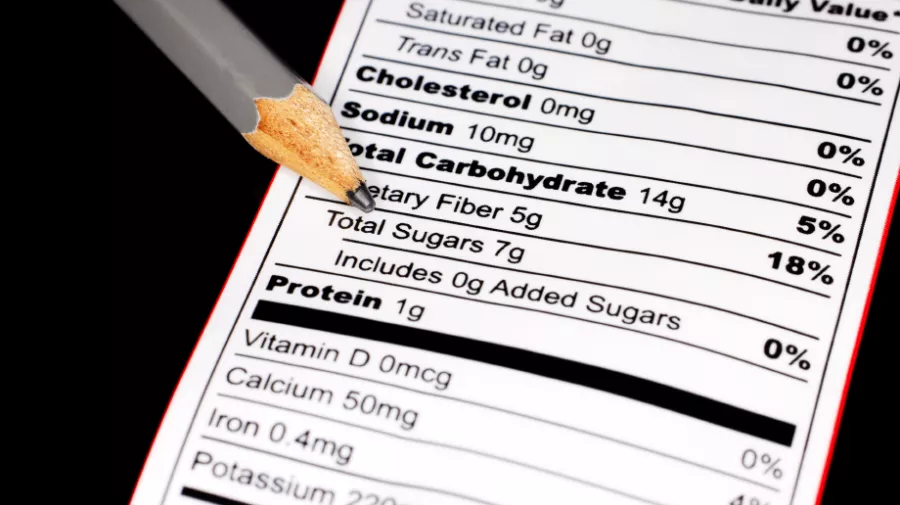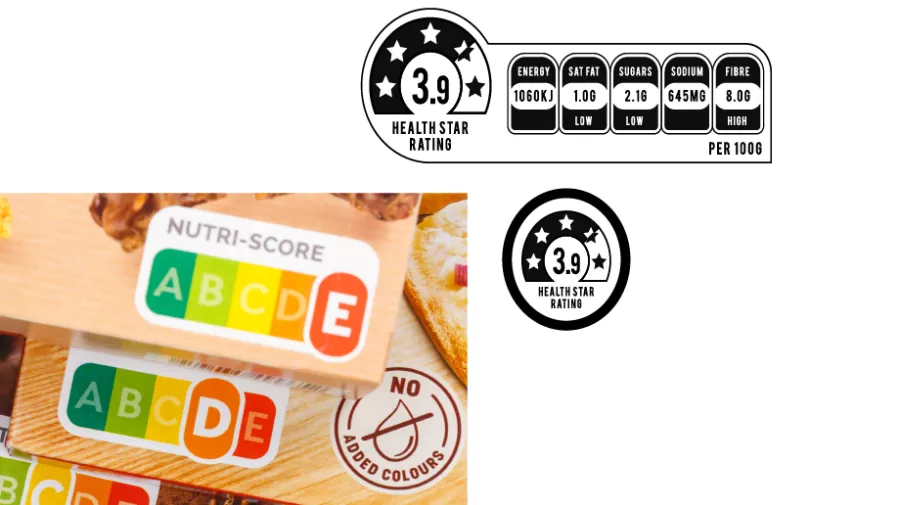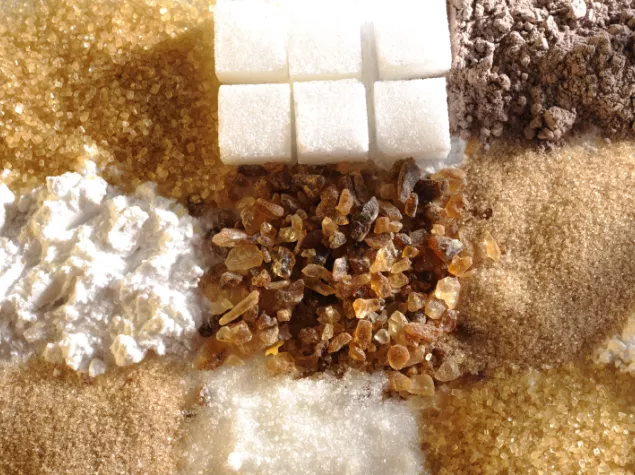Non-sugar sweeteners
The nutrient content labelling of non-sugar bulk sweeteners, such as allulose, can differ according to the country the product is sold in, and the sweetener used. Many non-sugar bulk sweeteners contain calories but at a much lower level per gram, compared to sugars. Therefore, how these sweeteners are dealt with in the nutrient content labelling, i.e., whether they should be included in calorie, carbohydrates, total and added sugars contents, is a separate topic of discussion amongst policy makers. For example, in the US, allulose is exempt from sugars labelling, whereas tagatose currently needs to be labelled as an added sugar (2,3).
A message regarding the laxative-effect of some bulk sweeteners, when consumed in excess, is also required to be stated on the label in some countries, including the UK, Australia and New Zealand (6,7).
Non-sugar sweeteners
References
- U.S. Food and Drug Administration. Guidance for Industry: Declaration of Added Sugars on Honey, Maple Syrup, Other Single-Ingredient Sugars and Syrups, and Certain Cranberry Products. FDA; 2024.
- U.S. Food and Drug Administration. Guidance for Industry: The Declaration of Allulose and Calories from Allulose on Nutrition and Supplement Facts Labels. FDA; 2024.
- U.S. Food and Drug Administration. FDA Issues Supplemental Response on the Labeling of D-tagatose on the Nutrition Facts Label. FDA. 2024 Jan 19.
- Villalobos Dintrans P, Rodriguez L, Clingham-David J, Pizarro T. Implementing a Food Labeling and Marketing Law in Chile. Health Systems & Reform. 2020 Dec 1;6(1):e1753159.
- White M, Barquera S. Mexico Adopts Food Warning Labels, Why Now? Health Systems & Reform. 2020 Dec 1;6(1):e1752063.
- GOV.UK. Food labelling and packaging. https://www.gov.uk/food-labelling-and-packaging/food-and-drink-warnings
- Warning and advisory statements | Food Standards Australia New Zealand https://www.foodstandards.gov.au/consumer/labelling/advisory
- Government of Canada CFIA. Food labelling for industry. 2015
- GOV.UK. 2022. Great Britain nutrition and health claims (NHC) register.
- U.S. Food and Drug Administration. Code of Federal Regulations Title 21
- Nutrition claims - European Commission. https://food.ec.europa.eu/safety/labelling-and-nutrition/nutrition-and-health-claims/nutrition-claims_en
